With a lot of Friesian bull calves on the market in the next four to six weeks, farmers are asking questions about whether the calf-to-beef system is viable and whether calves are value or not. While a calf at €50 may seem value, you need to look at the bigger picture of lifetime costs and this includes putting an estimate on beef price in spring 2022.
Unfortunately, in the beef industry, we don’t know what the beef price will be next month, never mind in two years’ time. The reality is that at €3.60/kg all beef systems are under pressure to make a margin and dairy beef is no different.
This week, I take a look at a Holstein Friesian steer system finishing animals at 24 months out of the shed at the end of the second winter. I have included all costs associated with the system and a fairly high level of technical efficiency.
Table 1 outlines the performance and financial targets and Table 2 outlines the price beef farmers can afford to pay for Friesian bull calves depending on beef price and margin required.
Calf-steer system at 24 months
The calf rearing stage assumes a calf purchased in March at 12 to 16 days of age. Calves are weaned at between seven and eight weeks of age and when eating approximately 1kg of concentrate per day.
By this stage, they will have consumed 33kg (1.5 bags) of milk powder. The €15 per head figure for straw may seem high to some. However, during this period, providing a dry bed for calves is essential in order to prevent health issues.
In the beef industry, we don’t know what the beef price will be next month, never mind in two years’ time
From purchase until weaning, the calf will consume approximately 10kg of a calf crunch with a further 50kg of a good-quality ration being consumed from weaning until turnout. It is during this stage that you will incur health issues and, unfortunately, the chances are that all the calves you purchased will not make it through the rearing stage alive. Therefore, vet and medicine costs need to be accounted for along with calf mortality.
A mortality rate of 5% for the period from purchase until turnout has been assumed. The key to reducing costs at this stage will be to try and get out to grass as soon as possible.
First grazing season
Calves are turned out to grass in early April. They remain out on grass until the middle of November. Two months before housing, they are castrated. Average daily gain during the first grazing is assumed to be 0.8kg per day so a high level of grassland management is assumed.
During the first winter, a diet of ad-lib silage plus meal is fed. Meal is fed at a rate of 2kg per day for the first 100 days. During this period, liveweight gain is 0.4kg of gain per day.
As a result, the yearling bullocks are going out to grass at approximately 330kg. The focus is to get stock back out to grass as early as possible to ramp up performance and reduce costs.
It’s important to remember that this analysis is based on Holstein Friesian steers with no crossbred genetics
It is assumed that stock are back at grass in early March, therefore reducing the high costs winter period to only 120 days. Stock remains out at grass until mid-October at which point they are re-housed at 520kg to 530kg liveweight. This assumes an average daily gain of 0.9kg per day during the summer grazing season.
Finishing period
Stock are then housed and fed high DMD ad-lib silage and 6kg of a finishing concentrate for the duration of the winter (five months). An average daily gain of 1.0kg/day has been factored in for this period.
The target slaughter weight is 680kg at 24 months of age. Assuming a kill-out percentage of 51% this gives you a carcase weight of 340kg to 350kg. A high level of gain from grass during the first and second grazing seasons is essential if you are to achieve 680kg without pushing variable costs far above €800.
Table 2 outlines the price that can be paid for calves depending on margin required and beef price. If we take it that the steers will grade 50:50 P+/O-, that’s an average price discount of €0.21/kg on the QPS grid. At a beef price of €3.80/kg and a required margin of €100/head you can afford to pay €34/calf.
If we are working at an improved beef price of €4 and a €200 margin is needed to cover land and labour, then €52 could be paid for Holstein Friesian calves. As the required margin increases, the amount left for calf purchase reduces.
As beef price increases, you can afford to pay more for calves. It all seems simple except beef farmers have no foresight on beef price so it becomes a gamble. It’s important to remember that this analysis is based on Holstein Friesian steers with no crossbred genetics. Using Jersey genetics will mean hitting a 341kg carcase at 24 months is unlikely to happen.




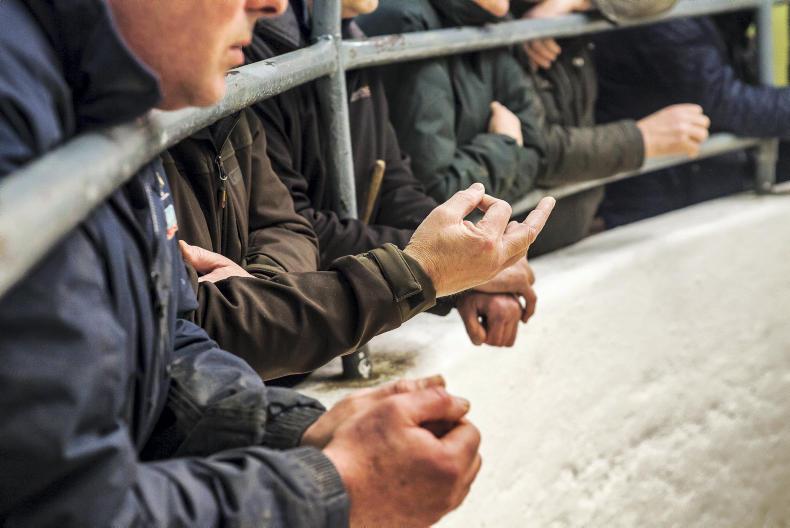
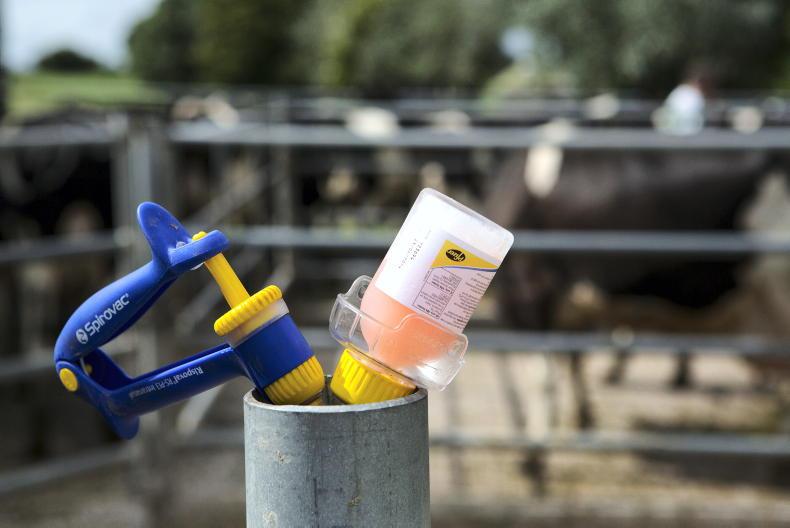
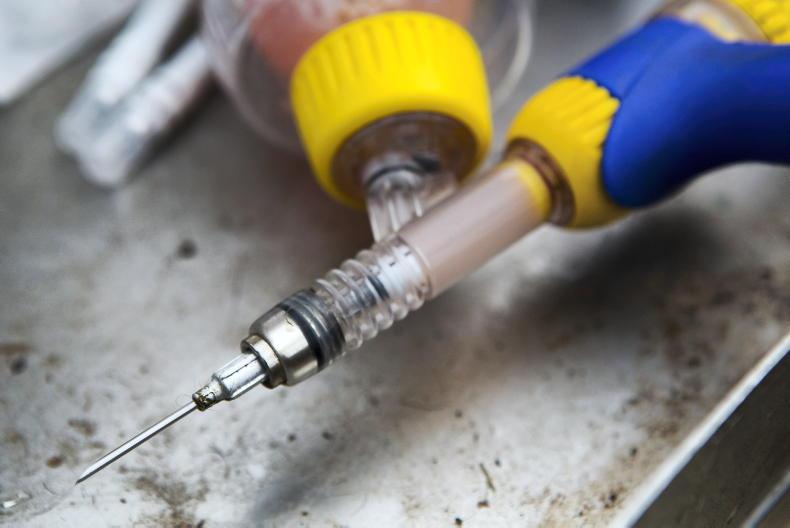
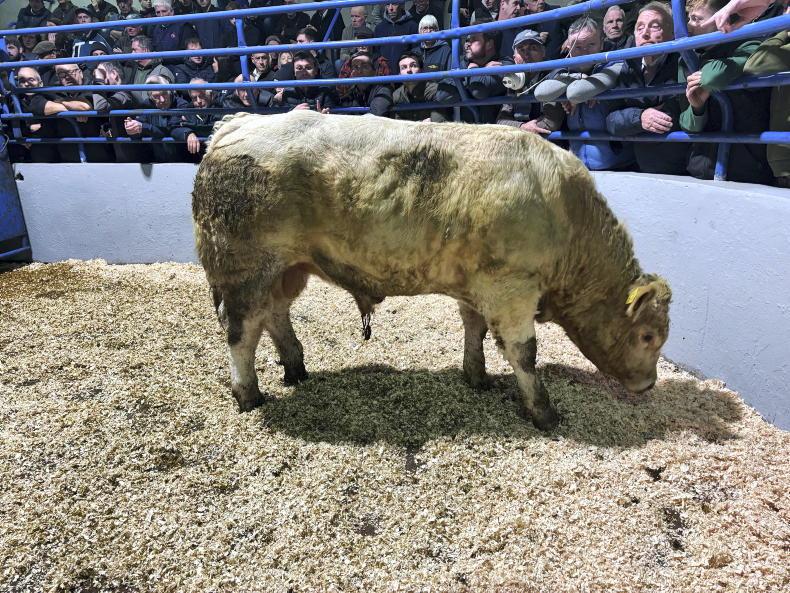
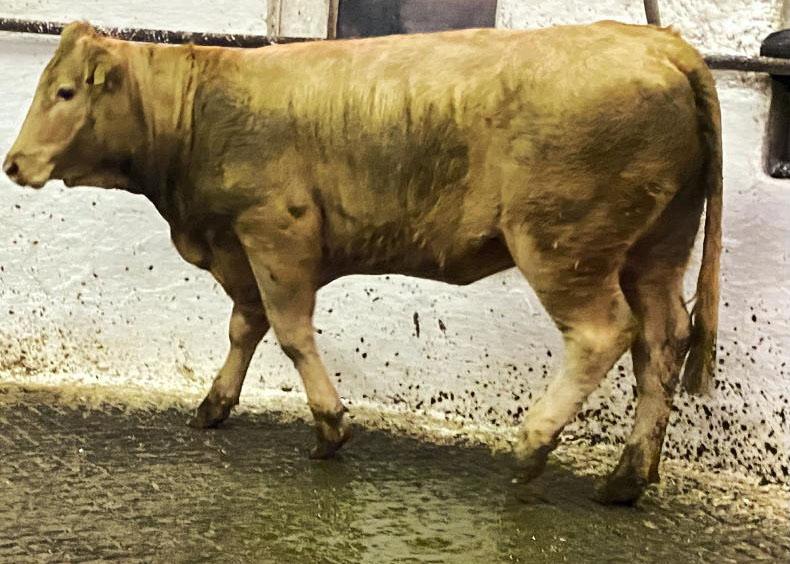
SHARING OPTIONS